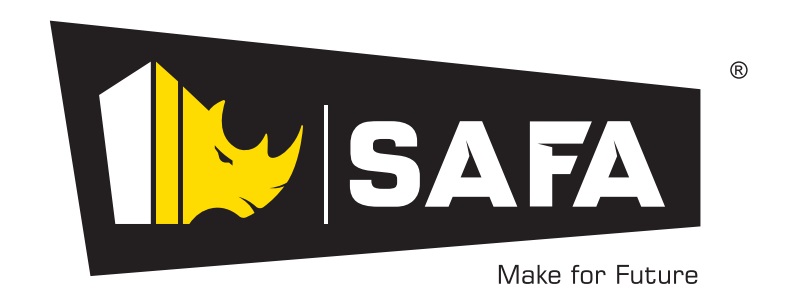What is the best choice for rammed foundations in solar structures? (Gutter or ST52)

Choosing the right material is vitally important in the construction of solar structures' rammed foundations; Because these foundations are responsible for bearing the load of the entire structure and transferring it to the ground and are exposed to direct environmental forces and temperature changes.
In the following, we will examine two popular types of knocking bases:
- Melting studs
- ST52 sheet in roll form
The use of melting studs can significantly reduce the cost of building solar structures. But does this option also meet all the requirements for a standard knockdown foundation?
For a better understanding, let's compare cast studs and roll-formed ST52:
Strength
ST52 steel has a yield strength between 315 and 355 MPa and a tensile strength between 490 and 630 MPa, while studs typically have a lower strength. This difference allows ST52 to bear more loads and have higher resistance to compressive and bending forces.
Elongation
ST52 has an elongation percentage of about 20-22%, which indicates its high flexibility. This feature makes it perform better against dynamic forces such as wind and earthquakes, as well as temperature changes, and reduces the risk of brittle failure.
The advantage of higher strength is not debatable, but it is better to talk a little more about the advantages of high Elongation in ST52 grade foundations:
Why is high elongation important in percussion foundations?
1. Greater resistance to brittle failure
ST52 steel undergoes sudden deformations against sudden loads (such as the impact of a hammer, earthquake or strong wind) and does not break easily; While steels with low elongation may fail without warning.
2. Thermal Stress Resistance
In areas with fluctuating day and night temperatures, due to its high toughness and elongation, ST52 steel can absorb these stresses without causing cracks, breaks or permanent deformation.
3. Better dimensional stability in heat and cold
Due to less elongation, studs suffer more distortion or internal stress against temperature changes. In contrast, ST52 has higher geometric stability with more uniform thermal behavior and prevents unwanted warping or bending.
4. Reducing the possibility of cracking in the cold
At low temperatures, low-quality or low-elongation steels may become brittle. But ST52 with proper microscopic structure maintains its toughness and flexibility even in the cold.
conclusion
It can be said that the use of high-quality steel sheets with ST52 grade, in addition to having many mechanical advantages, in addition to better stability when hammering, and durability and thermal stability in environmental conditions and temperature changes, in the long term also reduces maintenance costs and increases the economic efficiency of the project.
